People
Experts studying ancient DNA discovered girl ‘whose parents were two different species’!
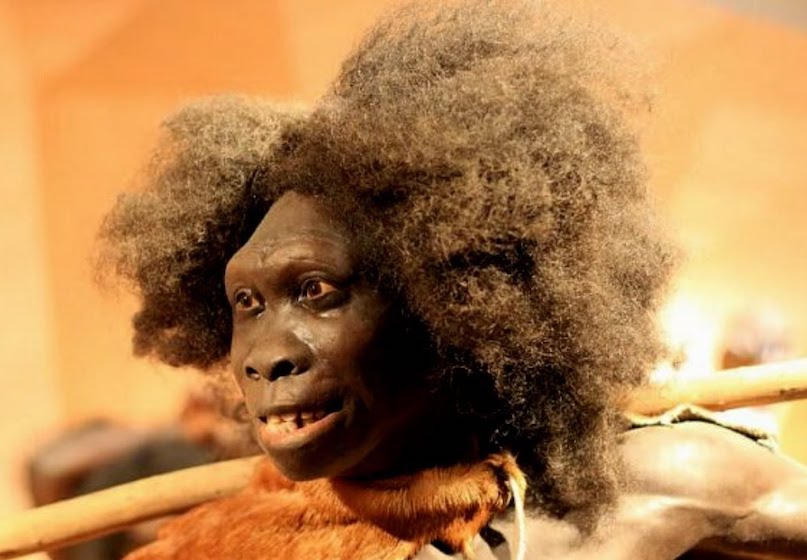
According to the experts, the species that you and all other living human beings on this planet belong to is Homo sapiens. During a time of dramatic climate change 300,000 years ago, Homo sapiens evolved in Africa.
Like other early humans that were living at this time, they gathered and hunted food, and evolved behaviors that helped them respond to the challenges of survival in unstable environments.
Anatomically, modern humans can generally be characterized by the lighter build of their skeletons compared to earlier humans. Modern humans have very large brains, which vary in size from population to population and between males and females.
DNA from just a single cave in Siberia revealed that it had been occupied by two archaic human groups that had interbred with the newly arrived modern humans. This included both the Neanderthals, whom we knew about previously, and the Denisovans, who we didn’t even know existed and still know little about other than their DNA sequences.
The DNA also revealed that one of the Denisovans had a Neanderthal ancestor a few hundred generations back in his past. But in almost all of these cases, the ancestry seems to have come from a single exchange of chromosomes many generations prior. There was little indication that the interbreeding was frequent. Neanderthal, Denisovans, and modern humans all shared a common ancestor more than 400,000 years ago.
Now, the same cave has yielded a bone fragment that indicates the interbreeding may have been common. DNA sequencing revealed that the bone fragment’s original owner had a mom that was Neanderthal and a father who was Denisovan.
The fact that we have so few DNA samples from this time and that one is the immediate product of intermating gives us a strong hint that we should expect more examples in the future.
Because of the fragmentary nature of many of the bones, the team exploring the cave has been slowly going through them, determining which ones are human by looking at the collagen that comprises much of the bone.
An ID of human caused them to focus more on a fragment called Denisova 11, which originated in a long bone (like an arm or leg bone) of an individual who was at least in their teens. Beyond that, there was nothing even distinctive enough to determine what part of the body the fragment originated in, much less which group of humans its owner belonged to, although carbon dating placed it at a time when Denisovans were known to occupy the cave.
The authors argue that, despite the indications left in modern genomes, Denisova 11 strongly suggests that interbreeding was common whenever two different groups overlapped. After all, we don’t have a lot of genomes from archaic humans, and we’ve already found one that’s the direct product of interbreeding between two groups.
-
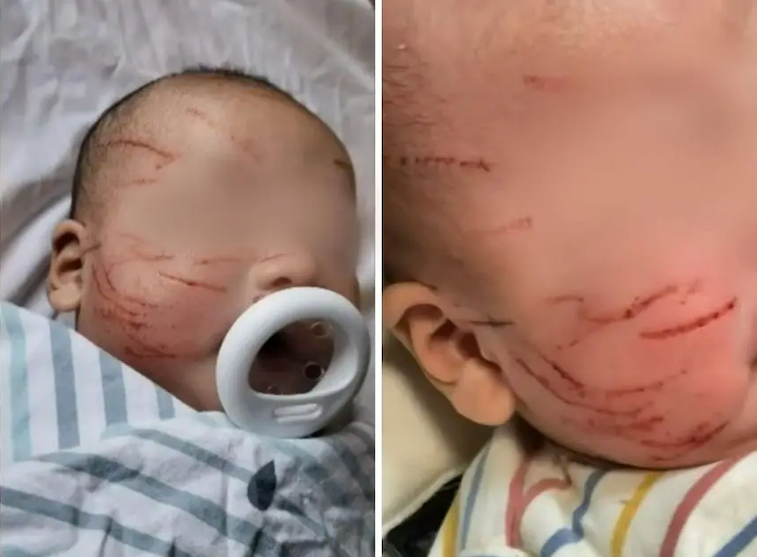
 People1 hour ago
People1 hour agoMother was left horrified after picking up her baby from childcare, ‘but wait until you hear what the doctors asked her’!
-
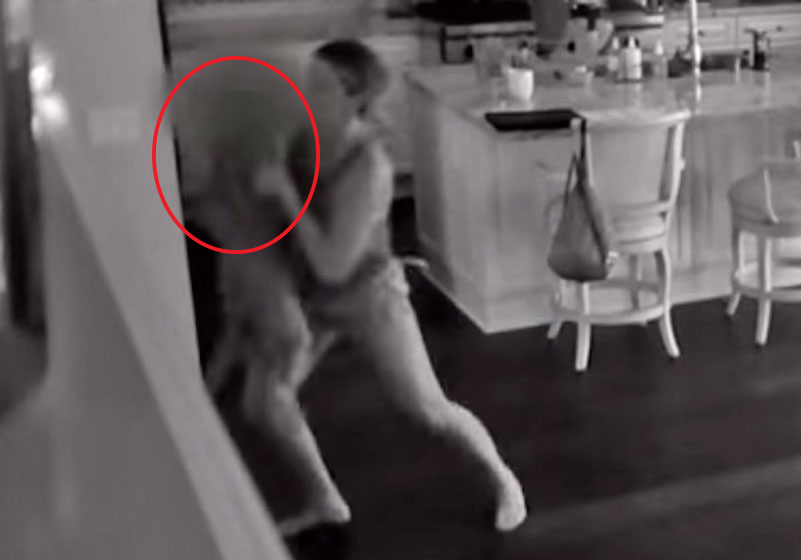
 People22 minutes ago
People22 minutes agoBabysitter heard noise upstairs, so ‘dad checked the hidden camera and saw a nightmare in his kitchen’!
-
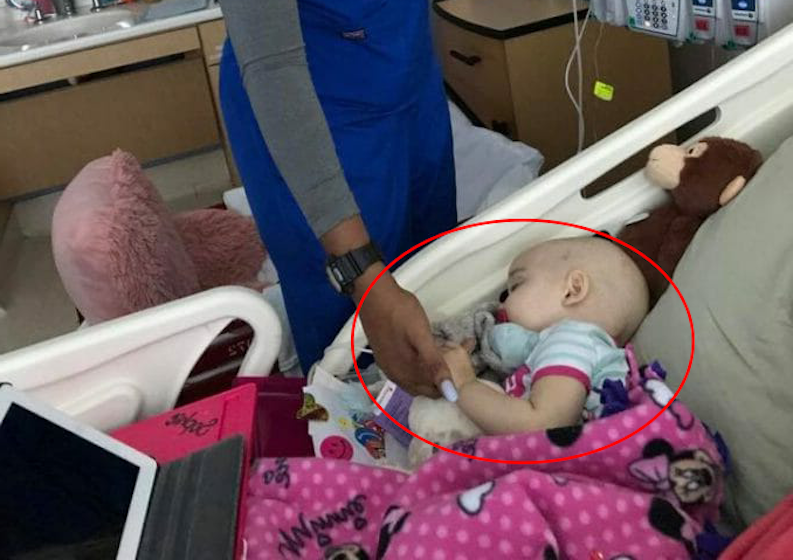
 People2 hours ago
People2 hours agoNurse wanted to be ‘sneaky’ when mom snaps photo letting everyone knew she saw what she did to her daughter!
-
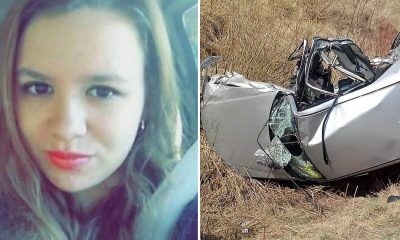
 People16 hours ago
People16 hours ago19-year-old female driver dies in a car accident: 24 hours later, her mother finds the phone in the wreckage and realizes the heartbreak
-
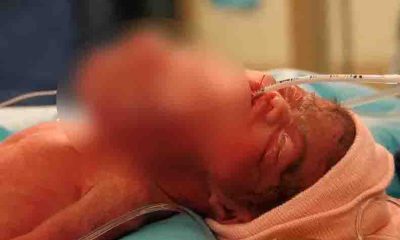
 People17 hours ago
People17 hours agoDoctors saw something coming out of the baby’s neck; ‘when they find out what it was, it left them speechless’!
-
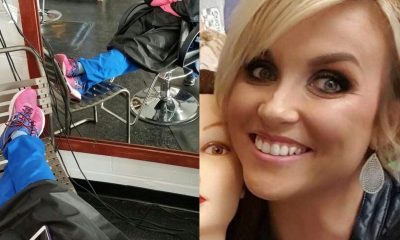
 People5 hours ago
People5 hours agoA nurse fell asleep in the barber’s chair – so the staff noticed her shoes and secretly took this picture
-
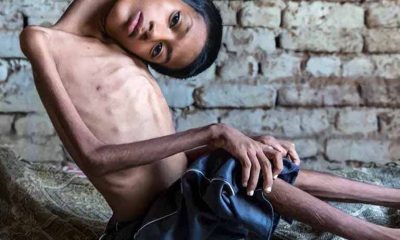
 People8 hours ago
People8 hours agoBoy was born with 180-degree bent neck; ‘but after getting life-changing surgery, something devastating happened’!
-
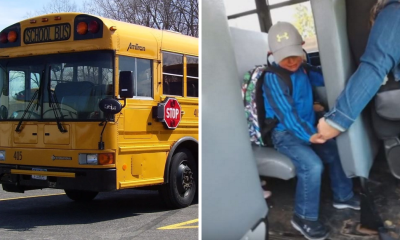
 People20 hours ago
People20 hours agoSchool Bus Driver Doesn’t Think Photo Of Her Holding Boy’s Hand Is A Big Deal Until Police See It
